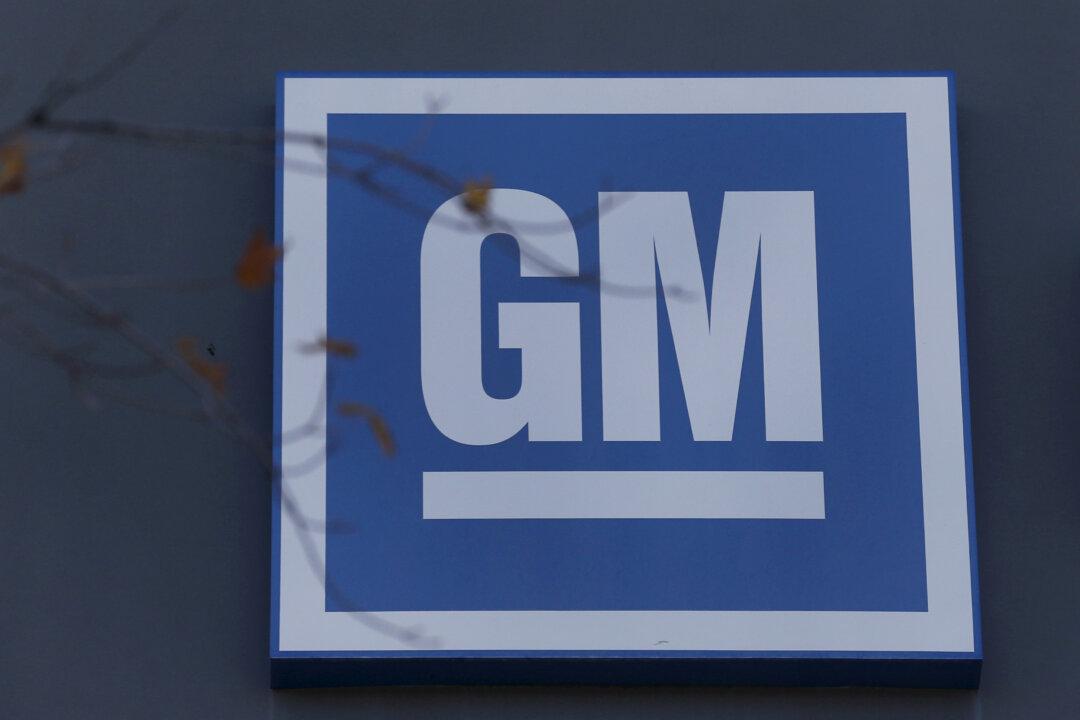DETROIT —General Motors Co. on Oct. 31 stepped up efforts to cut costs in response to tariff and market pressures, even as it reported third-quarter profit that blew past Wall Street expectations.
The No. 1 U.S. automaker said on Oct. 31 it is offering buyouts to salaried employees with 12 or more years of service, as Chief Executive Mary Barra told them in an email: “Our structural costs are not aligned with the market realities.”





